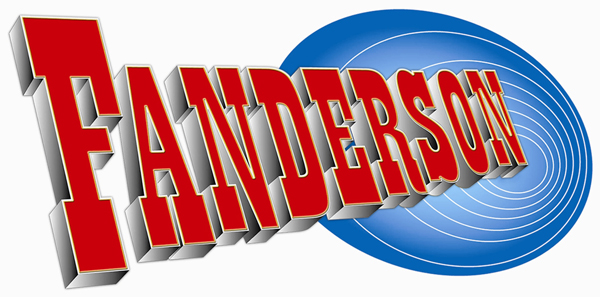The death has been announced of John Blundall, a legendary figure for generations in the world of marionette puppetry and a key member of the AP Films team of puppeteers and sculptors from Supercar through to Thunderbirds.
The son of a painter and a fine craftsman, John found his way by combining his artistic leanings (he was keen when young to become a performer) and craftsmanship. At school he was keen on drama, woodworking and metalwork.
In 1951 he created his first marionette theatre, The Festival Marrionettes (this was the year of the Festival of Britain), a four-person group of puppeteers and a marionette variety act. This troupe one various talent awards and the young Blundall was greatly inspired by the Russian puppeteer Sergy Obratsov, whose tours of America and Europe helped popularise artistic puppetry.
John was still only fifteen, and the world of work beckoned. John first worked for GEC, gaining a qualification in electrical engineering before leaving to work with marionettes and in graphic design. Like most young men of his generation, John’s career was interrupted by compulsory National Service, but his time at the RAF was spent well, teaching painting and drawing to officers and running a touring variety show.
On leaving the RAF, John worked in variety theatre as a Stage Designer and Stage Director, at the Dudley Hippodrome and the Pavilion Theatre, Liverpool. This form of popular entertainment was declining due to the rise of television, which was sweeping all before it with the arrival of commercial television from 1955. Christine Glanville invited John to join the AP Films team on Supercar, and his skills in woodworking and creating puppets ensured that he created some of the most memorable puppets used in the Anderson series.
The most famous of all his designs was Parker, but Thunderbirds was to be the last series John worked on for the Andersons. His ideas of puppetry as an expressive, artistic form becoming at odds with the more lifelike approach Century 21 was taking with Captain Scarlet and the Mysterons. A puppet design as caricatured as Parker was impossible to imagine among the correctly proportioned designs used in the final three Supermationation series.
Much of his subsequent efforts went into the formation of Birmingham’s Cannon Hill Puppet Theatre, which operated for a quarter of a century and was internationally renowned. Through Cannon Hill John helped to train a new generation of puppeteers who went on to work for Jim Henson and the Spitting Image TV series.
John eventually relocated to Glasgow, along with his enormous collection of books about the theatre and his famous collection of model theatres. There he set up The World Through Wooden Eyes, an exhibition of his life’s work at the Mitchell Library.
John is survived by his brother Derek, and his sister Sheila Maser. Our deepest condolences go out to them.

